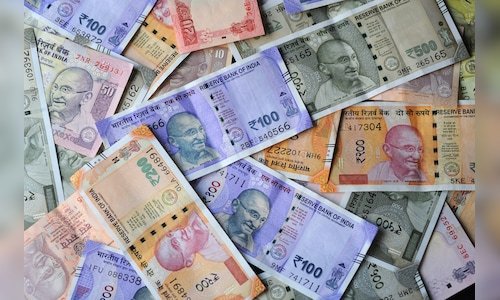What’s going on here?
The Indian rupee slipped to 83.54 per US dollar on July 2, 2024, amid a broader fall in Asian currencies and significant local dollar bids.
What does this mean?
The rupee’s dip, falling 0.1% from its previous close, aligns with regional declines in currencies like the Chinese yuan and Korean won. Contributing to these drops is the 10-year US Treasury yield hitting its highest point since May, which is diverting investors away from riskier assets. Adding to India’s challenges are strong dollar demands from local oil companies. An unnamed trader suggested that if the rupee hits 83.60, the Reserve Bank of India (RBI) may intervene to stabilize the currency. However, MUFG Bank is optimistic, predicting the rupee will rebound to 83 by year-end, expecting active RBI efforts to manage forex fluctuations.
Why should I care?
For markets: Navigating the waters of uncertainty.
The rupee’s path underscores current market volatility, driven by rising US Treasury yields and strong local dollar bids. Investors should keep an eye on possible RBI interventions if the rupee approaches 83.60, as well as upcoming comments from Federal Reserve Chair Jerome Powell and US job market data, which could indicate future policy shifts. CME’s FedWatch tool suggests a 65% chance of a rate cut in September, potentially altering market dynamics.
The bigger picture: Global economic shifts on the horizon.
The decline in Asian currencies, including the rupee, highlights broader economic trends. The interaction of US monetary policy and regional economic strategies is vital. As global markets adapt to these changes, businesses and governments must stay agile. The rise in US Treasury yields and anticipated Fed policy directions showcase the evolving landscape, urging global economic players to stay adaptable.







